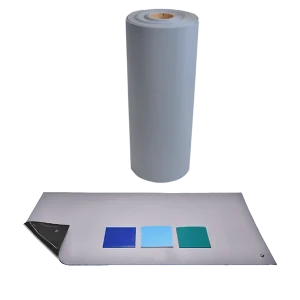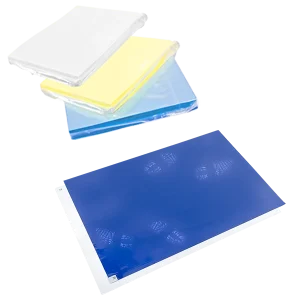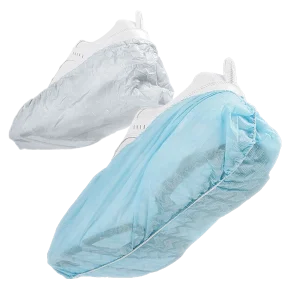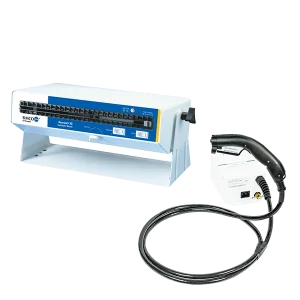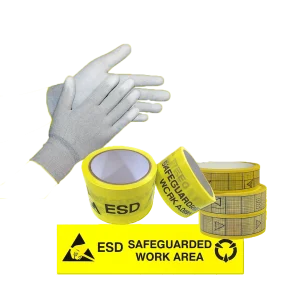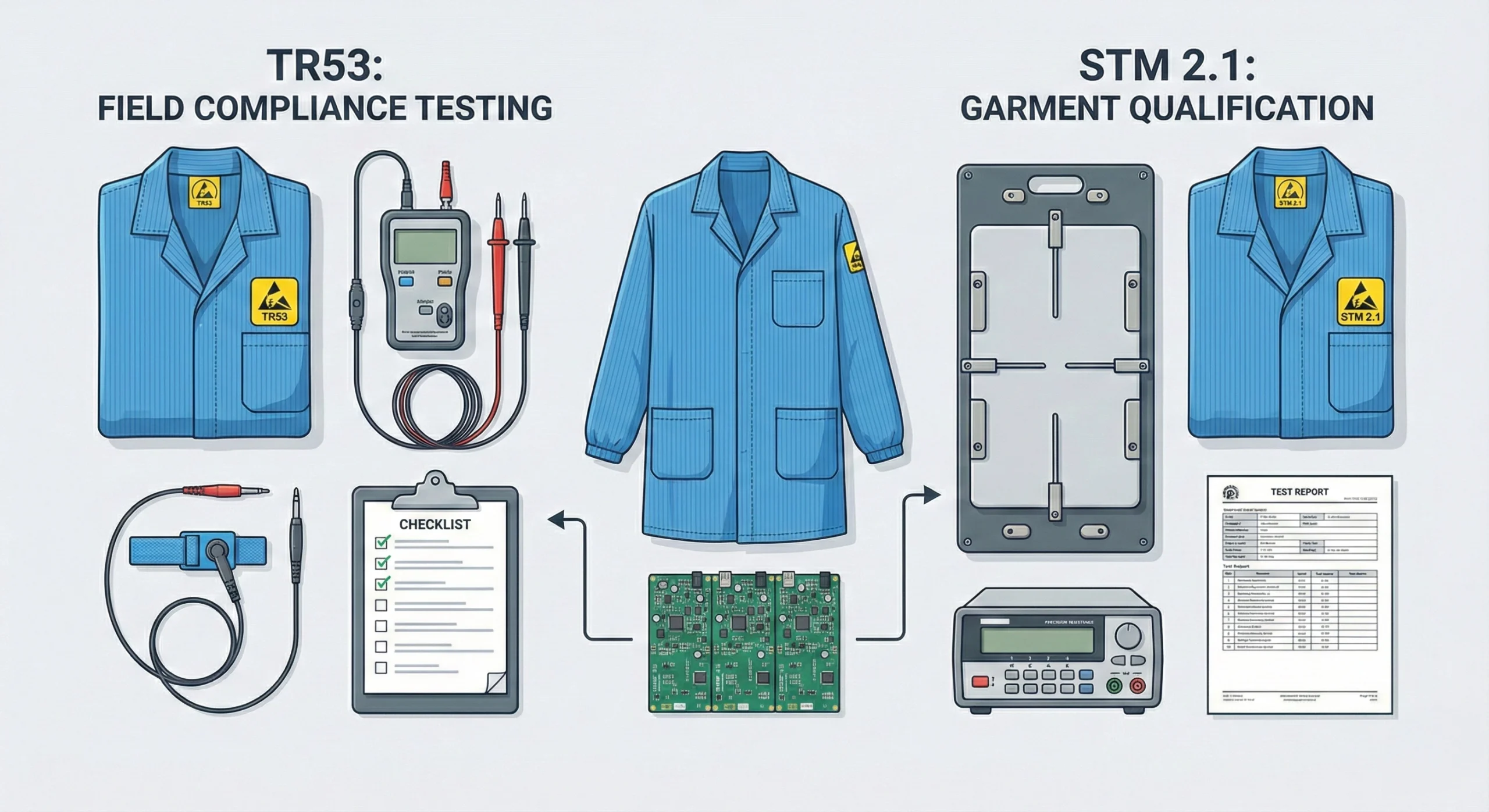
ESD Smock testing procedure requires the fabric to be measured as “static dissipative” on the Ohms scale and to be grounded (bonded electrically to a grounding system) so that it is not an isolated floating conductor. In this article, we review how ANSI / ESD S20.20-2021 defines ESD Smocks and explain the “isolated floating conductor” issue with wearing ESD clothing.
Continue reading “ESD Smock Testing Procedure for ANSI / ESD S20.20” »


